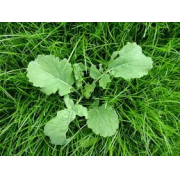
African Cabbage
Brassica carinata
Ethiopean cabbage is a brassica with a hard erect central stem that remains upright during the winter. It provides control of several parasitic nematodes, and is excellent at trapping snow in the wint...
- Growing Region: Southeast, Midwest
- Blooms:
- Life Form: Forb
- Application Type: Forage and Pasture, Cover Crop
- Height: 1-2 ft
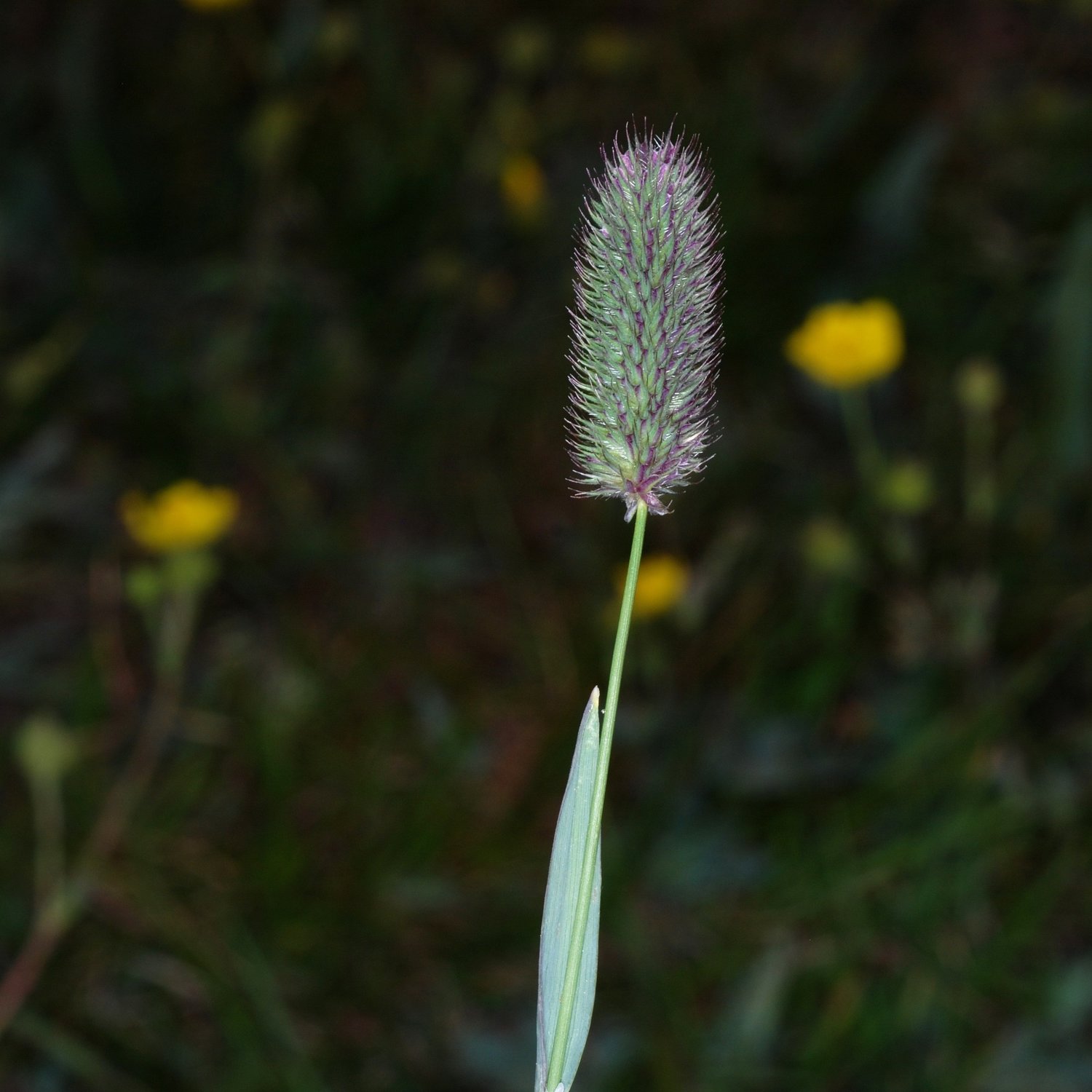
Alpine timothy
Phleum alpinum
Short, Cool season, perennial native bunchgrass sometimes forming a sod. Occurs at high elevations in northern latitudes from 4,000-12,500 ft. Prefers mountain meadows, bogs and streambanks in well-dr...
- Growing Region: Southeast, Midwest
- Blooms:
- Life Form: Grass
- Application Type: Erosion Control, Land Reclamation
- Height: 1-2 ft
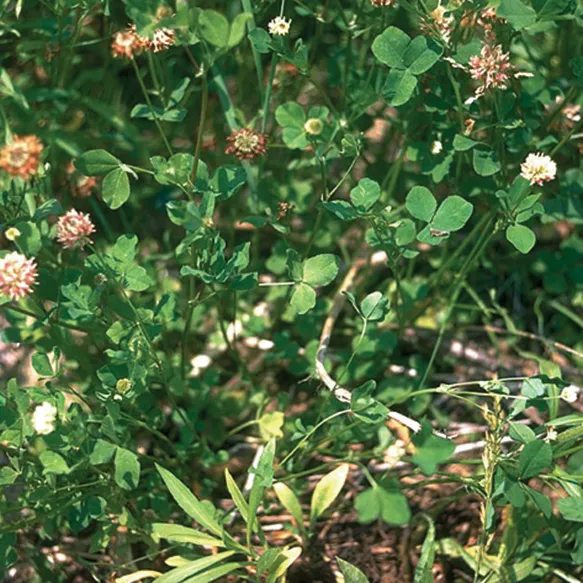
Alsike clover
Trifolium hybridum
Medium statured, relatively short-lived nitrogen-fixing perennial legume with pale pink to white flowers. Not a hybrid, despite its name. Adapted to a wide range of soil types, including sites too aci...
- Growing Region: Midwest, Southeast, Intermountain West, Southwest, Pacific Northwest
- Blooms: Spring, Summer, Fall
- Life Form: Legume
- Application Type: Forage and Pasture, Cover Crop
- Height: 1-4 ft
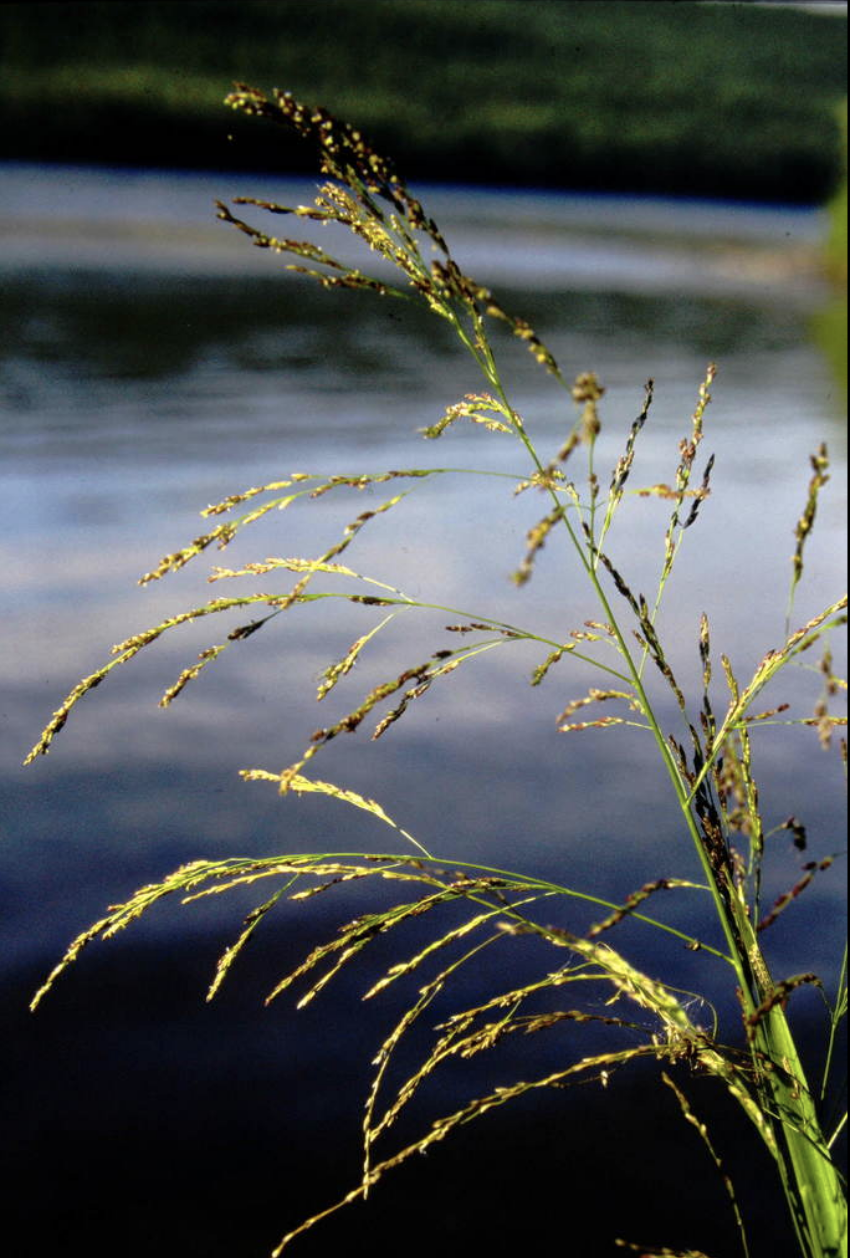
American mannagrass
Glyceria grandis
Cool season, rhizomatous, native perennial that occurs in wetlands, streambanks, marshes and ditches. Requires wet to moist soils; withstands periods of submersion. Grows rapidly. Important wetland fo...
- Growing Region: Pacific Northwest, Southeast
- Blooms:
- Life Form: Grass
- Application Type: Land Reclamation
- Height: 1-3 ft
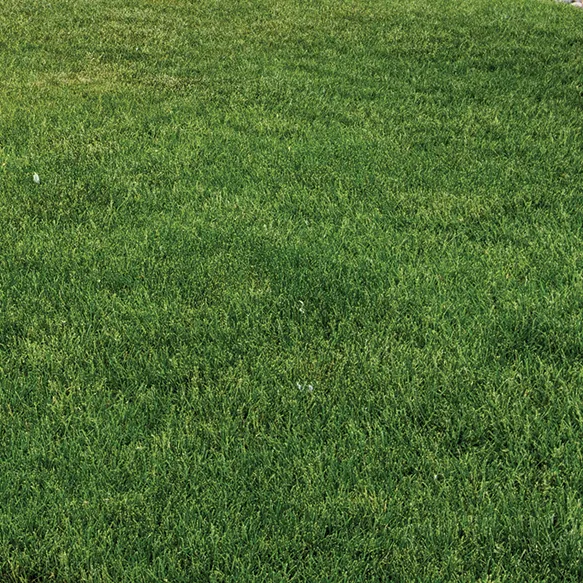
Annual ryegrass
Lolium perenne ssp. multiflorum
Formerly Lolium multiflorum. Cool season, annual bunchgrass adapted to many sites where adequate water is available. Establishes quickly and easily. Highly palatable to livestock and wildlife. Excelle...
- Growing Region: Intermountain West, Pacific Northwest, Midwest, Southeast, California
- Blooms:
- Life Form: Grass
- Application Type: Commercial Beautification, Erosion Control, Land Reclamation, Turf, Forage and Pasture
- Height: 1-3 ft
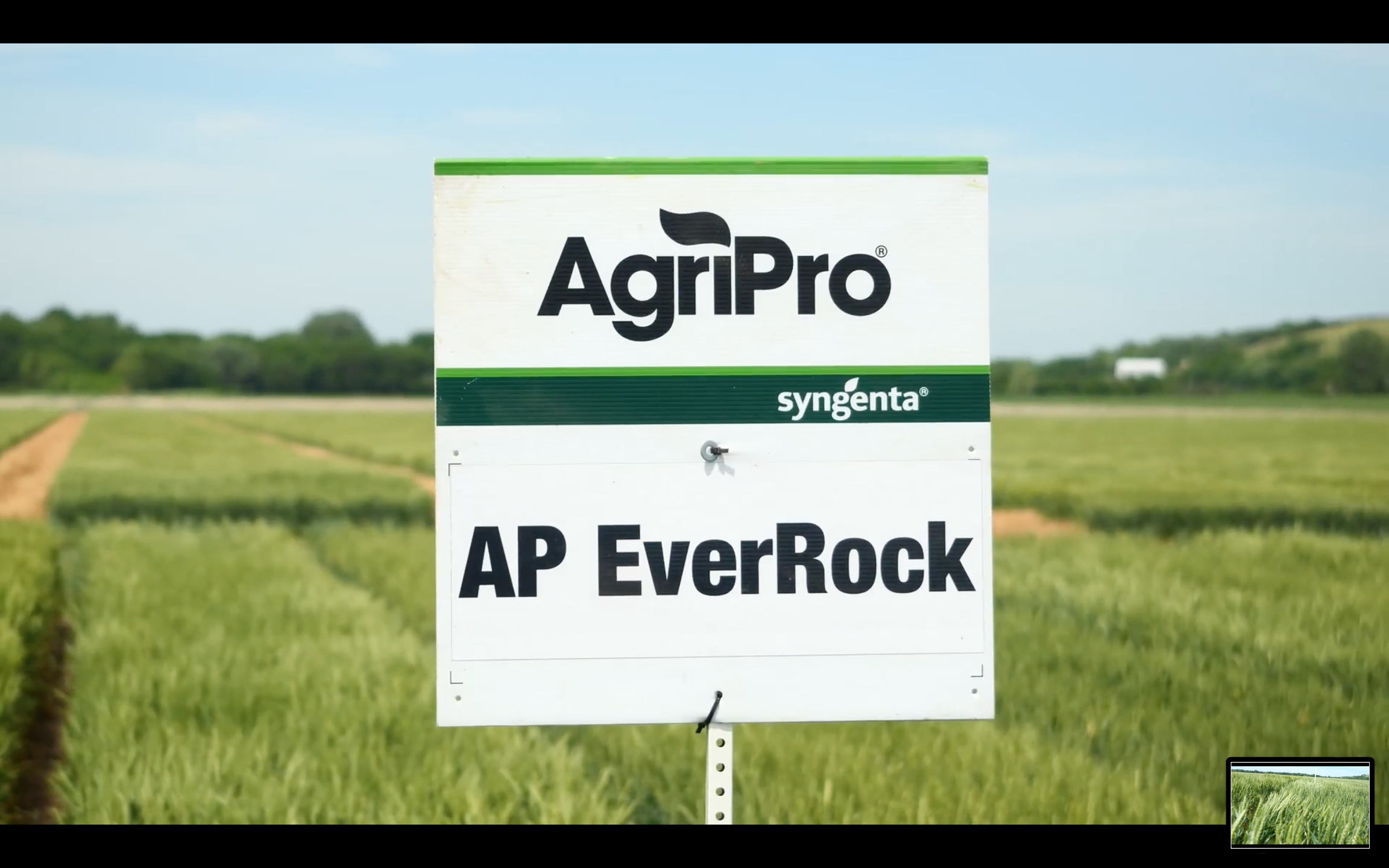
AP EverRock
Triticum aestivum
AgriPro is leading the way in the development and delivery of superior wheat seed genetics in North America. Each year more than 2,000 new experimental lines are generated and tested across 25 researc...
- Growing Region: Southeast, Midwest
- Blooms:
- Life Form: Grass
- Application Type: Forage and Pasture, Cover Crop
- Height: 1-3 ft
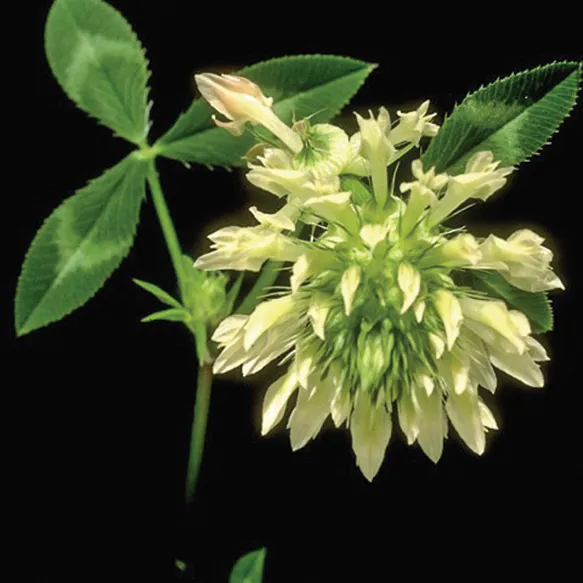
Arrowleaf Clover
Trifolium vesiculosum
Arrowleaf clover is an annual, Cool season, introduced legume commonly used in many areas of the the United States for many applications and uses. This upright clover easily re-seeds and reaches heig...
- Growing Region: Southeast, California, Pacific Northwest
- Blooms: Spring, Summer, Fall
- Life Form: Legume
- Application Type: Forage and Pasture, Cover Crop
- Height: 1-4 ft
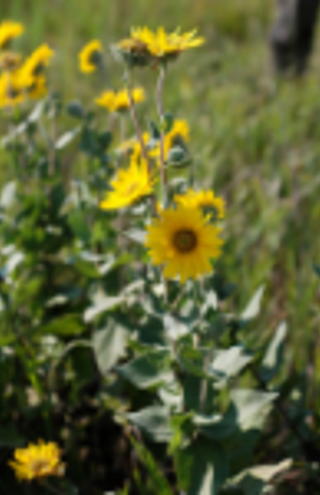
Ashy Sunflower
Helianthus mollis
Ashy Sunflower is a perennial forb native to most of the eastern half of the United States. This attractive wildflower can be found growing in the full sunlight of upland prairies and open grasslands....
- Growing Region: Midwest, Southeast, Intermountain West
- Blooms: Summer, Fall
- Life Form: Forb
- Application Type: Land Reclamation
- Height: 4+ ft
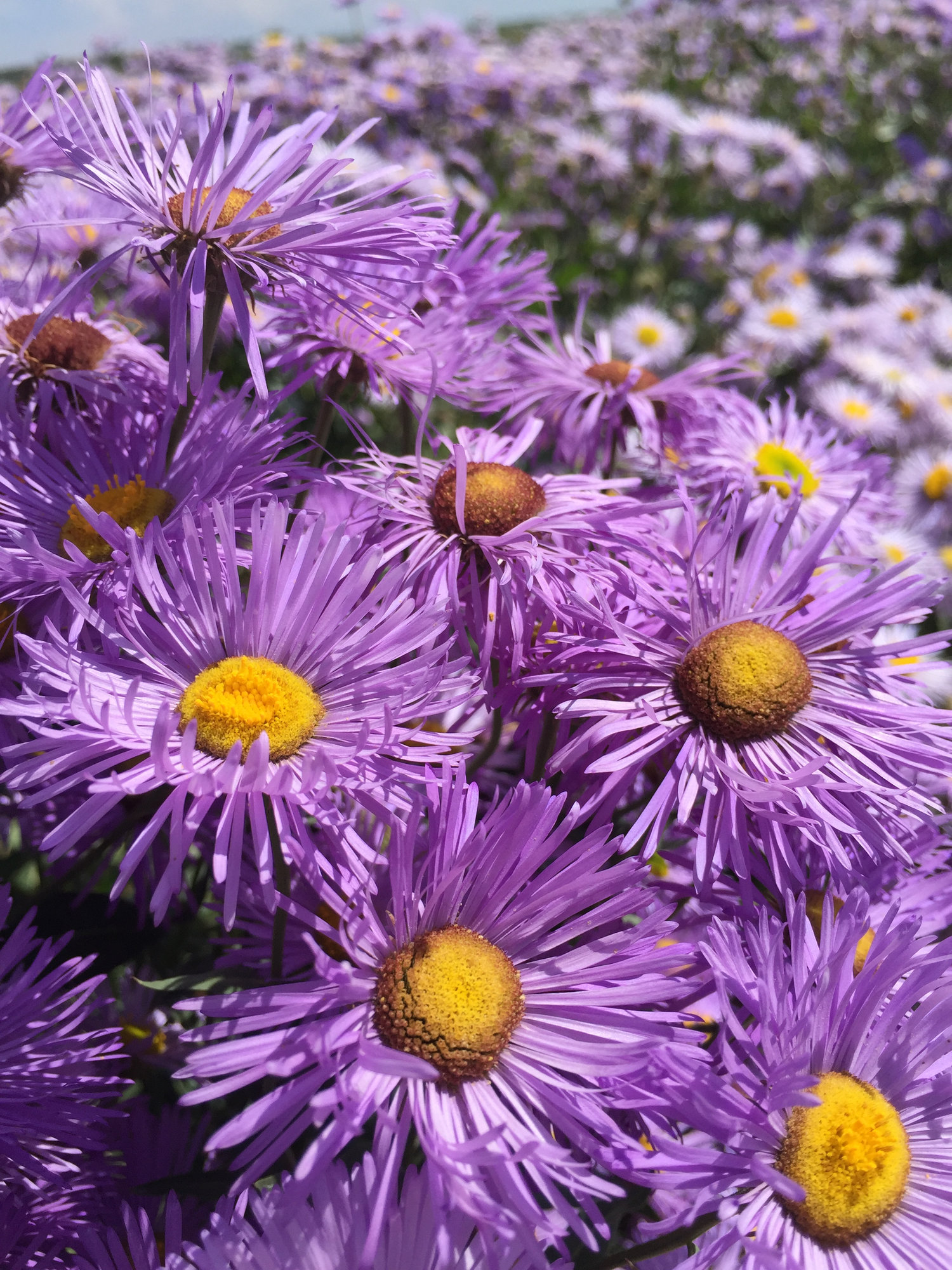
Aspen daisy
in
Moderate water requirement; full sun to part shade. Perennial with lavender to white flowers blooms June to September from mid-montane to subalpine, on open moist slopes, along streams and under aspen...
- Growing Region: Pacific Northwest, Intermountain West, Southeast
- Blooms: Summer, Fall
- Life Form: Shrub
- Application Type: Land Reclamation
- Height: 1-2 ft
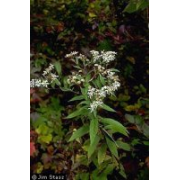
Aster, Flat Top
Aster umbellatus
Inhabiting moist sandy soils, flat top aster can be found in moist prairies, meadows, open woodlands and wetlands in the eastern ½ of the United States. This perennial grows well in sunlight and shade...
- Growing Region: Midwest, Southeast
- Blooms: Summer, Fall
- Life Form: Forb
- Application Type: Land Reclamation
- Height: 4+ ft
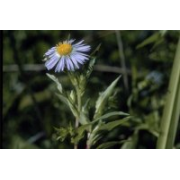
Aster, Swamp (Purple Stemmed)
Symphyotrichum puniceum
Natively growing north and east of a line from Mississippi to the Dakotas and across most of Canada, swamp aster prefers wet to mesic soils where it can grow from 1-7 feet tall. This perennial is not...
- Growing Region: Midwest, Southeast
- Blooms: Summer, Fall
- Life Form: Forb
- Application Type: Land Reclamation
- Height: 4+ ft
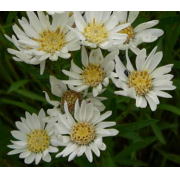
Aster, Upland White
Solidago ptarmicoides
Also known as Upland White Goldenrod as per its reclassification as solidago ptarmicoides, this plant is found scattered across much of the central and eastern portions of North America. Its white, as...
- Growing Region: Midwest, Intermountain West, Southeast
- Blooms: Summer, Fall
- Life Form: Forb
- Application Type: Land Reclamation
- Height: 0-1 ft
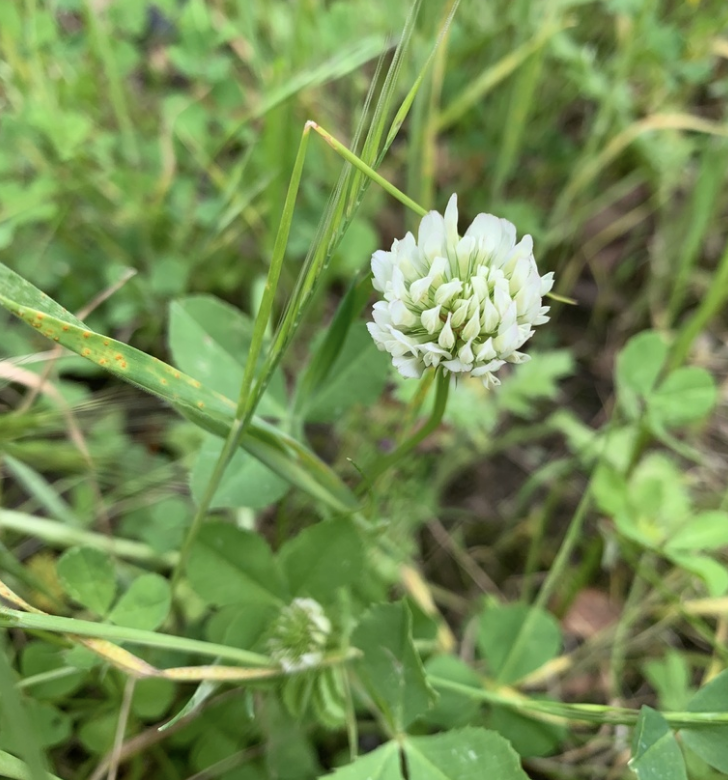
Balansa clover
Trifolium michelianum
Extremely productive, nitrogen-fixing winter annual legume with small white-pink flowers. Grows on heavy clays to moderately sandy soils. Tolerant of acidity; mildly tolerant of salinity. Mature plant...
- Growing Region: Southeast, Midwest
- Blooms: Spring
- Life Form: Forb
- Application Type: Forage and Pasture, Cover Crop
- Height: 4+ ft
Barestem biscuitroot
Lomatium nudicale
Large, somewhat drought tolerant native perennial with leafless stalks topped with inconspicuous yellow flowers, blooming early April to August. Found on rocky and sandy soils in foothills, shrublands...
- Growing Region: Midwest, Southeast
- Blooms:
- Life Form: Forb
- Application Type: Land Reclamation
- Height: 1-3 ft
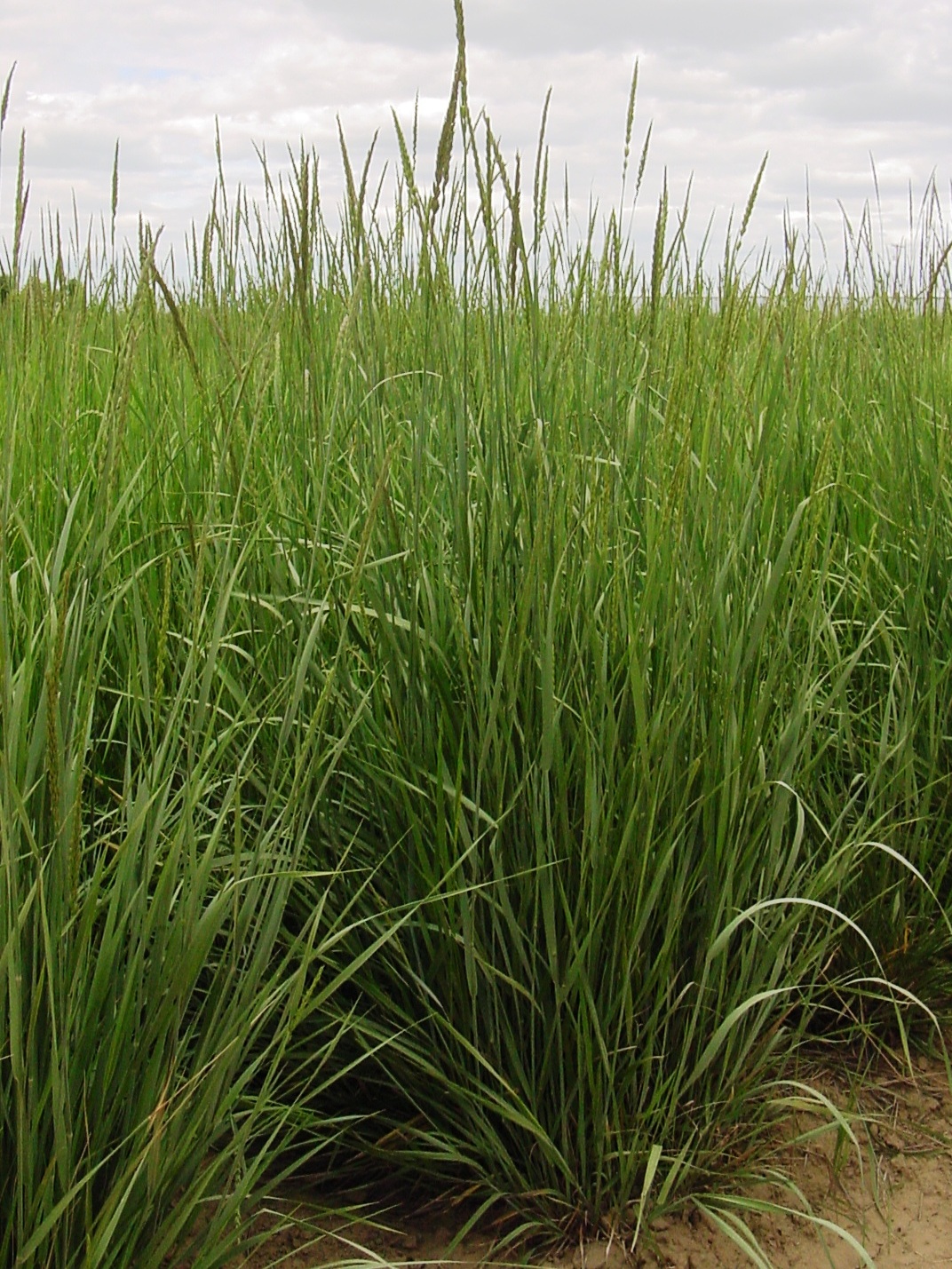
Basin wildrye
Leymus cinereus
Basin wildrye is a large, coarse, robust, perennial bunchgrass. Basin wildrye clumps may reach 3 feet in diameter and 3 to 6 feet tall (10 feet under excellent soil and climate conditions). The growin...
- Growing Region: Southeast, Midwest
- Blooms:
- Life Form: Grass
- Application Type: Land Reclamation, Forage and Pasture, Cover Crop
- Height: 1-3 ft